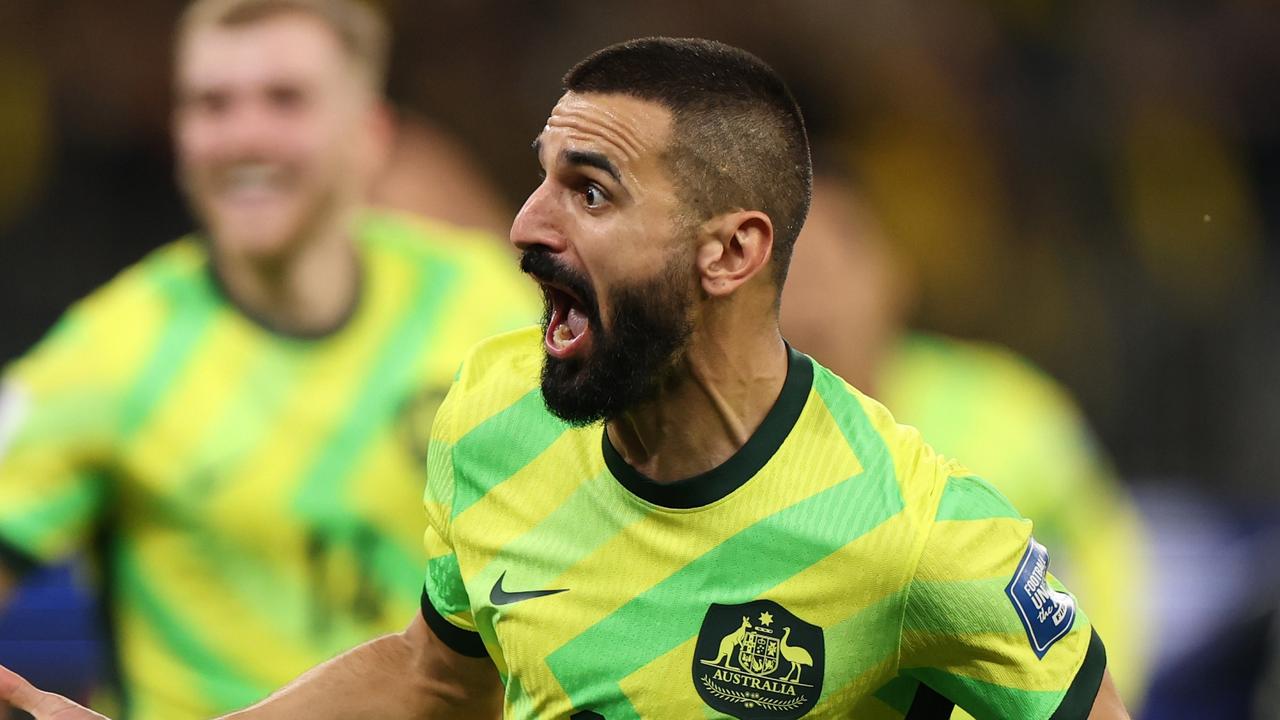Canadian midfielder Quinn making history as first transgender and non-binary World Cup footballer
One of Canada’s key playmakers, Quinn is ready to face Australia. Yet the transgender, non-binary midfielder is having an extraordinary impact beyond the pitch at the World Cup, writes ELIZA REILLY.
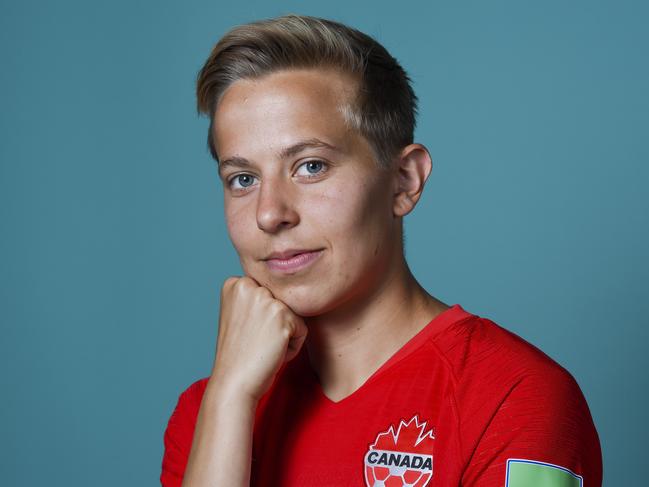
World Cup
Don't miss out on the headlines from World Cup. Followed categories will be added to My News.
Who is Quinn?
They are the first openly-transgender athlete to compete at a FIFA World Cup. They came out as non-binary in 2020. And they go by only one name.
But on the pitch, Quinn is just another footballer – although a very good one.
Against Ireland on Wednesday night at Perth Rectangular Stadium, Quinn was the conductor of a 2-1 come-from-behind win.
After a shaky start, not unlike many of their teammates, the midfielder was the key to everything for Canada in the second half.
They were involved in almost every attack. They were often trusted by their defence to execute the crucial forward pass. And they had an equal impact in defence.
They completed 67 passes, the most of anyone on the pitch. And 59 of those were accurate, six more than the next-best player.
Their real test will come against a significantly stronger Matildas midfield on Monday night in Melbourne. But the significance of their gender identity and the conversation it’s started can’t be discounted.
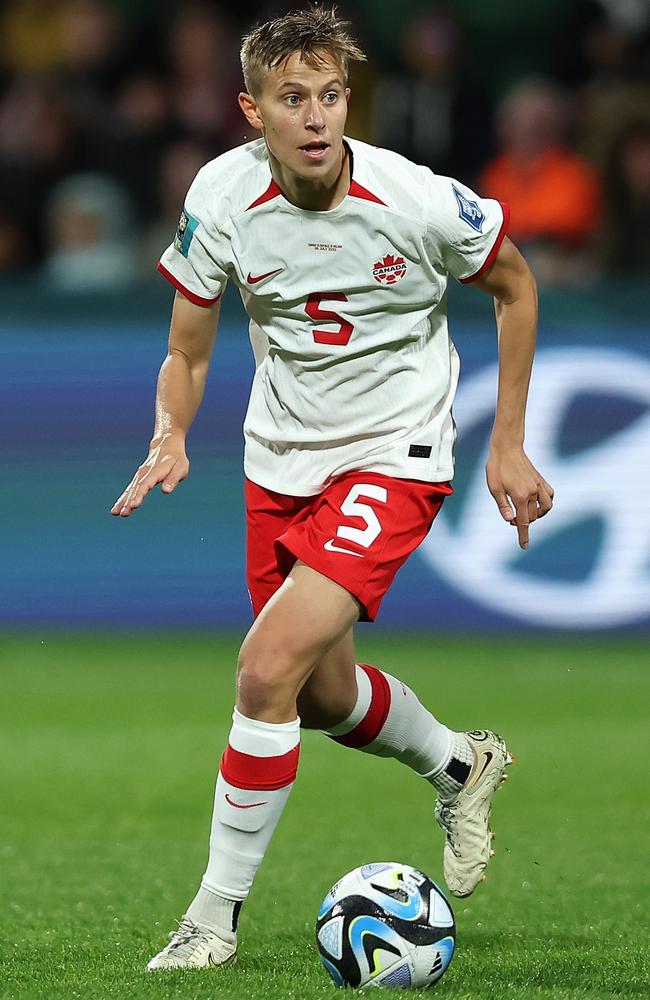
Born into a sporting family, Quinn’s father played rugby and their mother played basketball. Neither sport stood a chance when they discovered football. They also swam, played hockey and basketball, and skied competitively. But a Canadian National U-16 Club Championship with the Erin Mills Eagles in 2011 sealed their sporting future.
Quinn headed south to attend Duke University in North Carolina, linking up with the Blue Devils while studying biology. A year later, Quinn made their Canadian senior debut in a 3–1 win against Italy in the 2014 Cyprus Cup. They’ve played for the Washington Spirit, Paris FC, Vittsjö GIK and OL Reign since, compiling 91 caps in that time.
And their understanding of themselves has also grown and changed.
At the time they came out as Quinn, embracing their mononym, they said they wanted to increase the visibility of non-binary people.
“Coming out is HARD (and kinda bs). I know for me it’s something I’ll be doing over again for the rest of my life. As I’ve lived as an openly trans person with the people I love most for many years, I did always wonder when I’d come out publicly,” they wrote on Instagram in 2020.
“I wanted to encapsulate the feelings I had towards my trans identity in one post but that’s really not why anyone is on here, including myself. So INSTEAD I want to be visible to queer folks who don’t see people like them on their feed. I know it saved my life years ago.
“I want to challenge cis folks (if you don’t know what cis means, that’s probably you!!!) to be better allies. It’s a process, and I know it won’t be perfect, but if I can encourage you to start then it’s something.”
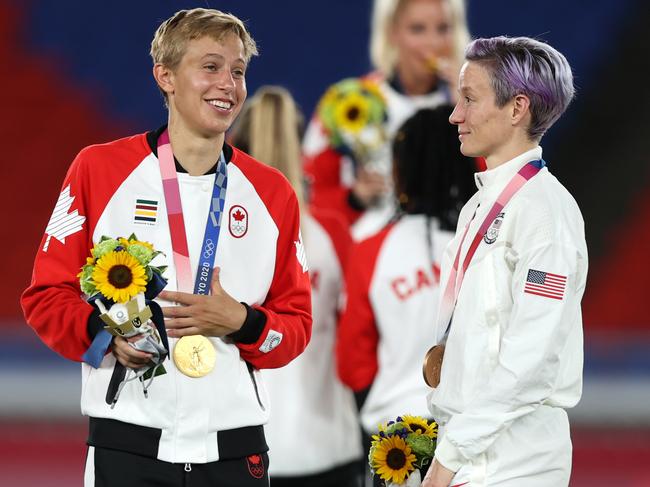
Since transitioning, Quinn has continued to play under the gender assigned to them at birth, an identity that’s proven challenging.
“Being a transgender athlete, it was difficult to see my place in sports and see that I belong,” they told Streets Of Toronto earlier this month.
“And the same goes for cisgender girls who are navigating their experience; we have a male-dominated sports culture in North America and they deserve to see they have a place in this sport.
“It’s so important for young soccer players to have role models in sport. Seeing the women’s national team and fortunately being able to interact with some of them was hugely important for me in understanding that there was a pathway for me.”
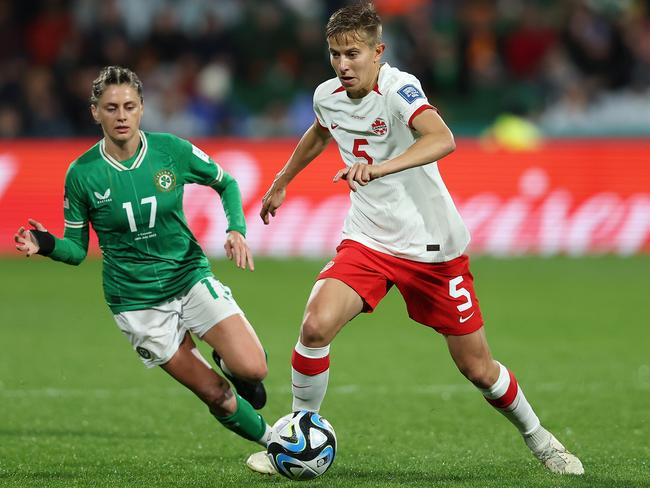
Tournament organiser FIFA may have banned players from wearing rainbow armbands in support of LGBTIQA+ rights at the World Cup. But you don’t need permission to be visible.
“I’m really proud of what Quinn’s doing to raise awareness and make, I guess, this world a much more inclusive place,” Canada coach Bev Priestman said. “When you talk about why do these things, it is a bigger purpose. I think that’s really important.”
Added captain Captain Christine Sinclair: “We joke that we don’t deserve Quinn. They’re that good of a person.”
Quinn has already created history as the first transgender and non-binary athlete to compete at the Olympics, let alone win a gold medal. The next few weeks will determine whether they can add a World Cup trophy to their cabinet.
More Coverage
Originally published as Canadian midfielder Quinn making history as first transgender and non-binary World Cup footballer





